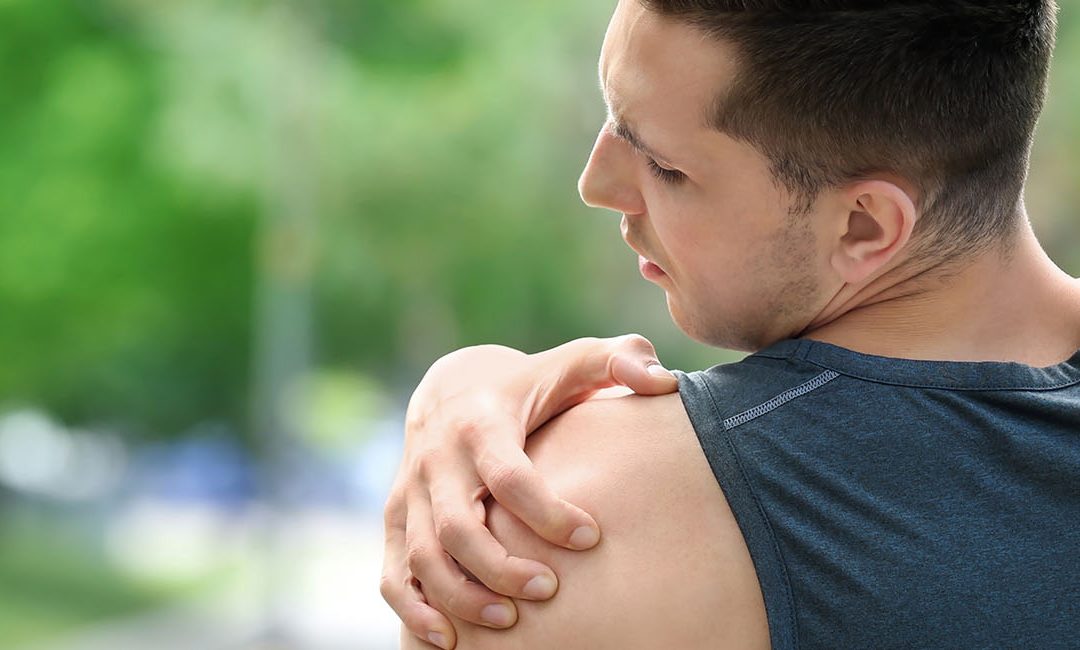The shoulder is a ball and socket joint that allows for upward, downward and rotational movement of the arm. The head of the humerus (arm bone) is the ball that fits into the socket (exterior part of the shoulder blade). Shoulder Dislocation occurs when the head of the humerus pops out of the socket. The condition is quite common due to the extensive range of motion of the shoulder joint.
Causes:
- Fall on a hard surface
- Hard blow to the shoulder
- Motor vehicle accident
- Contact sports such as football and hockey
- Sports that involve falling from a height such as gymnastics and skiing
- Sharp or unexpected twisting of the arm
Symptoms:
- Extreme pain in the shoulder and upper arm
- Pain increases while trying to move the joint
- Deformed shoulder that seems visibly out of place
- Inflammation and bruising Inability to move the joint
Diagnosis:
- The orthopedic doctor may conduct a physical examination to check for deformities in the shoulder joint.
- He may also ask the patient about history of any similar injury.
- X-ray and other imaging tests may be conducted to confirm a Shoulder Dislocation.
Treatment:
- Medication: Anti-inflammatory medications or muscle relaxants can be prescribed by the orthopedic doctor to reduce discomfort.
- Immobilization: The doctor may recommend using a splint or a sling to provide support to the shoulder and restrict its movement. The duration of wearing the sling may depend on the severity of the condition.
- Closed reduction: This procedure involves manually putting the dislocated shoulder back into the socket. An anesthetic or a muscle relaxant may be administered before the procedure. Thereafter, the orthopedic doctor may apply gentle maneuvers to put the bone back into their original position.
- Surgery: In case of damaged nerves and blood vessels or a fragile shoulder joint, surgical intervention may be required. Surgery is also sometimes recommended for patients who have suffered repeated episodes of shoulder dislocations.
- Physical therapy: After the removal of the splint, physical therapy may be required for restoration of normal motion and strength of the shoulder joint.
At OrthoTexas, we provide comprehensive diagnosis and treatment for Shoulder Dislocation.


